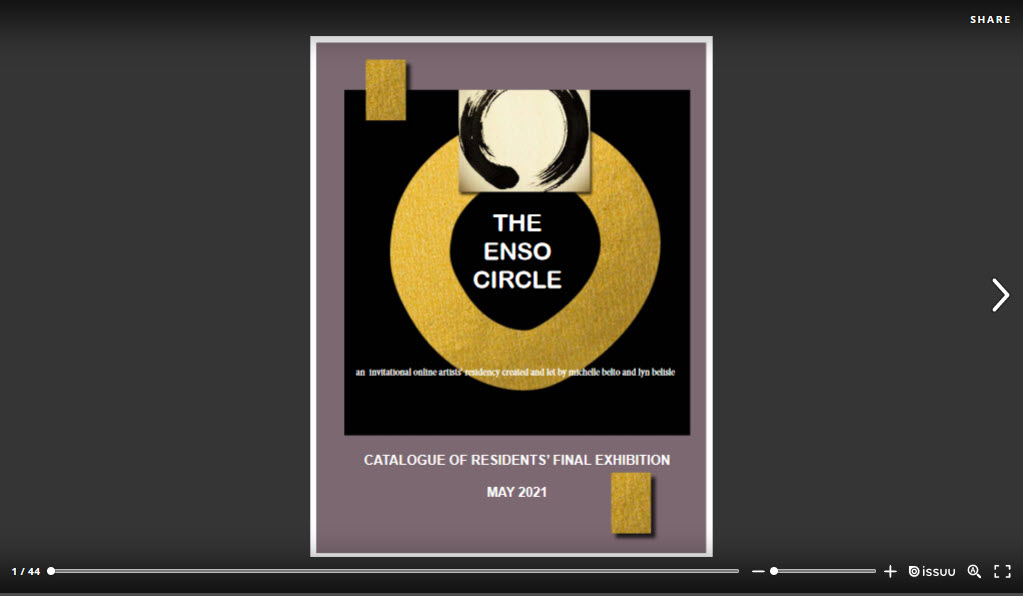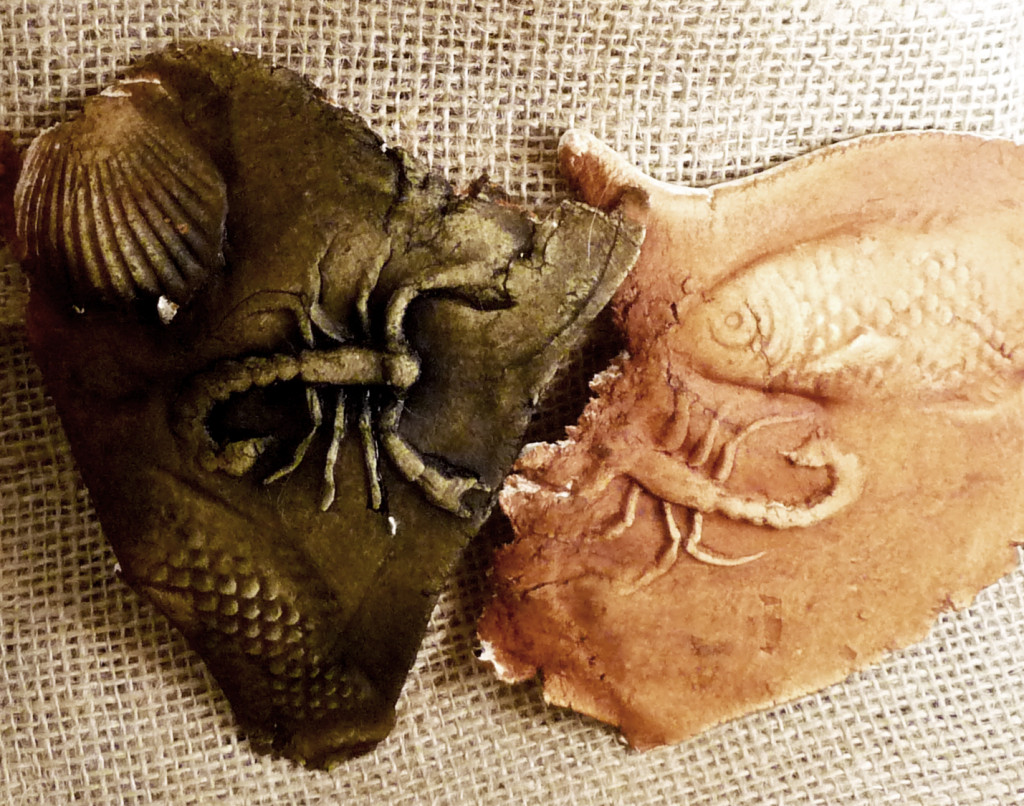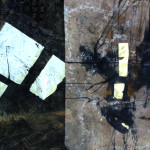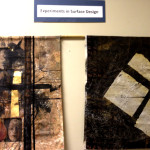It seems like just yesterday that Michelle Belto and I welcomed our first Artists in Residence to our online community called The Enso Circle. And today, twelve weeks later, we are celebrating the publication of our first Enso Circle Exhibition Catalog.
This catalog is tangible proof that a “what if” can become a reality. Each of the Resident artists whose authentic, eclectic work graces these pages answered a call for concept that had not been tried before – a virtual Art Residency based on a written application and specific goals.
The Enso Circle is not an art workshop or social media group, although it has components of each of those. It is an invitational art residency, a dedicated three-month time period in which artists join a community of creators for a specific self-chosen goal that is unique to them. The online residency provides the comprehensive artistic support that they need to focus and strengthen their work. Artists who apply are ready to focus on a conceptual goal in their studio practice. It could be a social theme, an exploration of media, a series of work that analyzes personal struggles or celebrates overcoming difficulty.

Linda Rael, Texas, Enso Circle Resident Artist
When Michelle and I opened up this idea online to the arts community in February of 2021, we had no idea how that community would respond. We just knew that The Enso Circle was something we would want at this stage in our creative careers. Much to our delight, we had over twice as many applicants as we cold accommodate. We chose the twelve you see here based on a combination of factors, but any one of the applicants would have been a great choice.

Joanne Desmond, Maine, Enso Circle Resident Artist
Since the first day, the Residents have shown respect, support, humor, and encouragement to others in the Circle. We’ve borrowed ideas from each other and made virtual visits to each other’s studios. I am incredibly grateful to these twelve First Residents who made The Enso Circle a reality.
The catalog contains much more that wonderful photos of artwork. Each Resident Artist has shared personal thoughts about art practice, doubts and triumphs, personal and professional goals, and the how and why of their studio work. Please read about them, enjoy their work, and share it with friends – and to know more about the Enso Circle, visit our website.
Click on the image below to access the complete Exhibition Catalog.








 You get two art reviews for the price of one (yeah, I know, they are all free) but still – I wanted to post Part Two of my Colorado Trip while it was still fresh in my mind, and I couldn’t wait to show you the video of yesterday’s Beeswax Collage workshop at my Studio (see the amazing video, below)!
You get two art reviews for the price of one (yeah, I know, they are all free) but still – I wanted to post Part Two of my Colorado Trip while it was still fresh in my mind, and I couldn’t wait to show you the video of yesterday’s Beeswax Collage workshop at my Studio (see the amazing video, below)!














